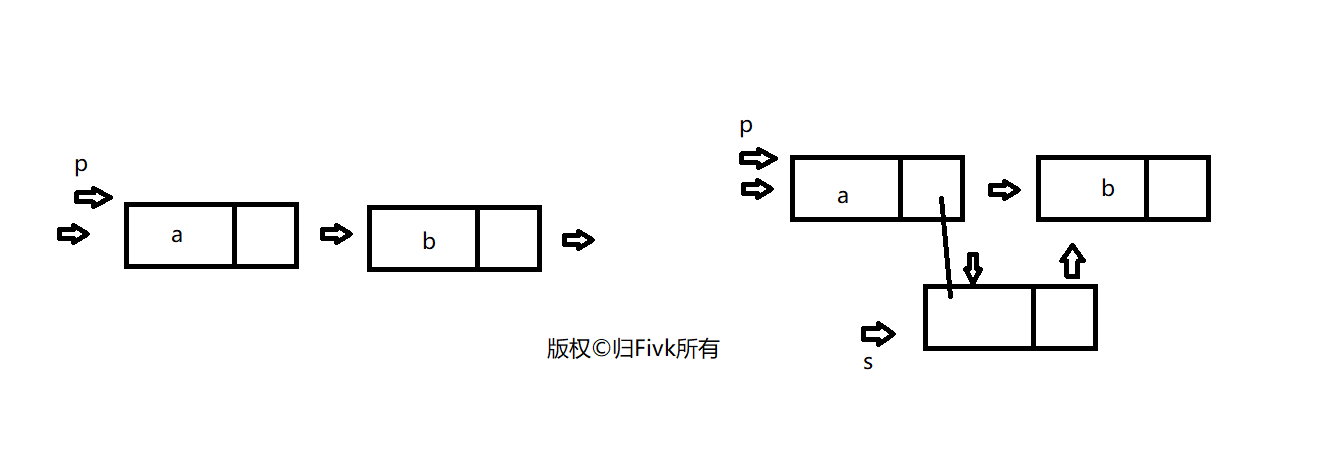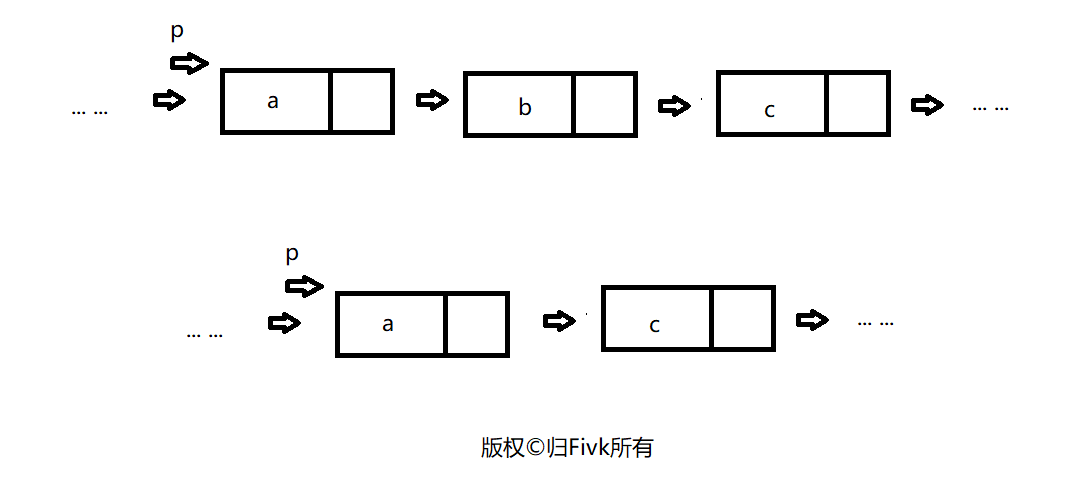Loading... ## 1.查找“数据域满足一定条件的节点” ```C p = head->next; while ((p->data != x) && (p->next != NULL)) p = p->next; //找到第一个就结束 if (p->data == x) 找到了处理; else 输出不存在; ``` 如果想找到所有满足条件的节点,则修改如下: ```C while (p != NULL) { if (p->data == x) //找到一个修改一个 p = p->next; } ``` ## 2.取出单链表的第i个节点的数据域 ```C void get(Node* head, int i) { Node* p; int j; p = head; j = 1; while ((p != NULL) && j < i) { p = p->next; j=j++; } if ((p != NULL) && (j == i)) { cout << p->data; } else { cout << "i not exsit!"; } } ``` ## 3.插入一个节点到单链表中去  ```C void insert(Node* head, int i, int x) //插入x到第i个元素之前 { Node* p, * s; int j; p = head; j = 0; while ((p != NULL) && (j < i - 1)) { p = p->next; j = j + 1; } if (p == NULL) cout << "no this position"; else { //插入 s = new Node; s->data = x; s->next = p->next; p->next = s; } } ``` ## 4.删除单链表的第i个节点  ```C void delete(Node* head, int i) //删除第 i 个元素 { Node* p, * s; int j; j = 0; while ((p->next != NULL) && (j < i - 1)) { p = p->next; j = j + 1; } if (p->next == NULL) //p指向第i-1个节点 cout << "no this position"; else { s = p->next; //删除p的后继节点,假设为s p->next = p->next->next;//或者p->next = s->next; free(s); } } ``` ## 5.求链表的实际长度 ```C int len(Node* head) { Node* p; int n = 0; p = head; while (p != = NULL) { n = n + 1; p = p->next; } return n; } ``` 最后修改:2021 年 03 月 19 日 © 允许规范转载 打赏 赞赏作者 支付宝微信 赞 如果觉得我的文章对你有用,请随意赞赏